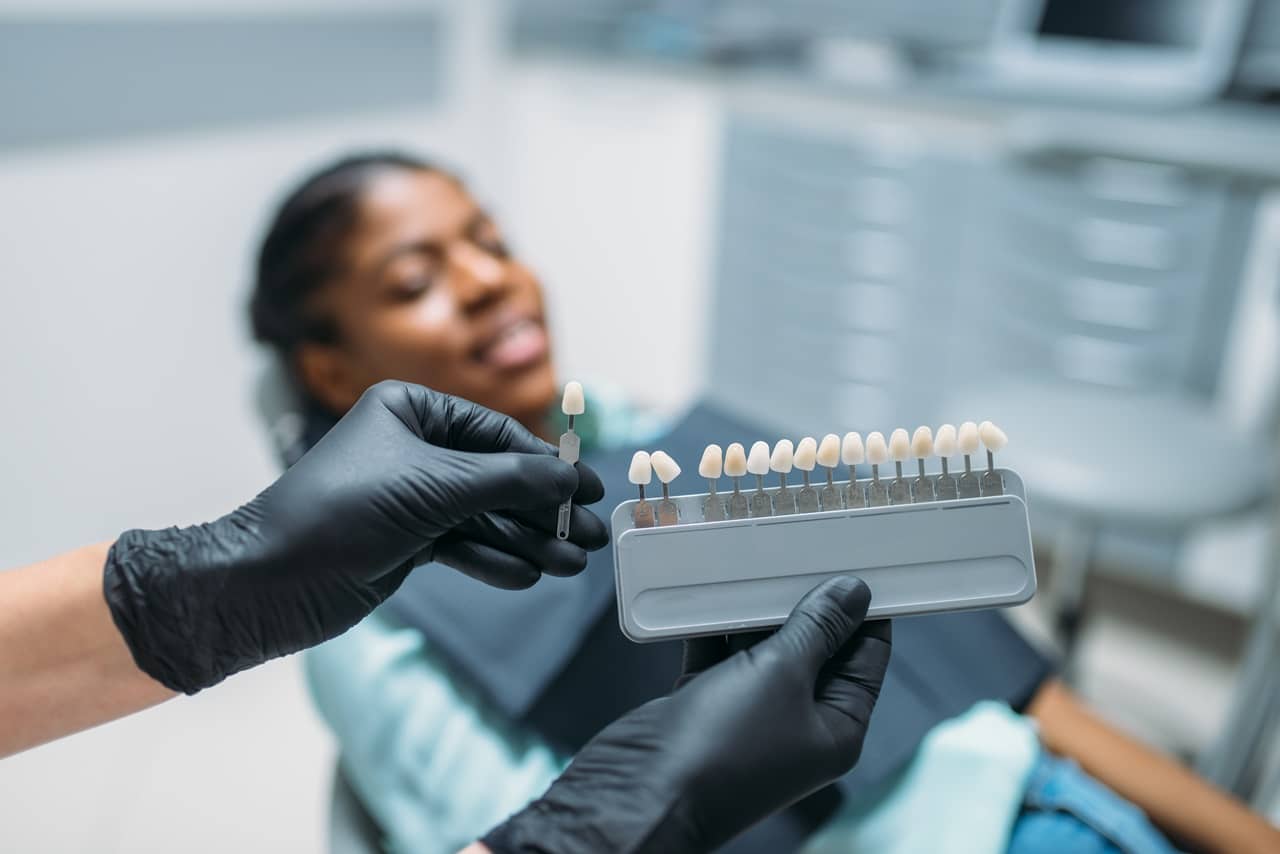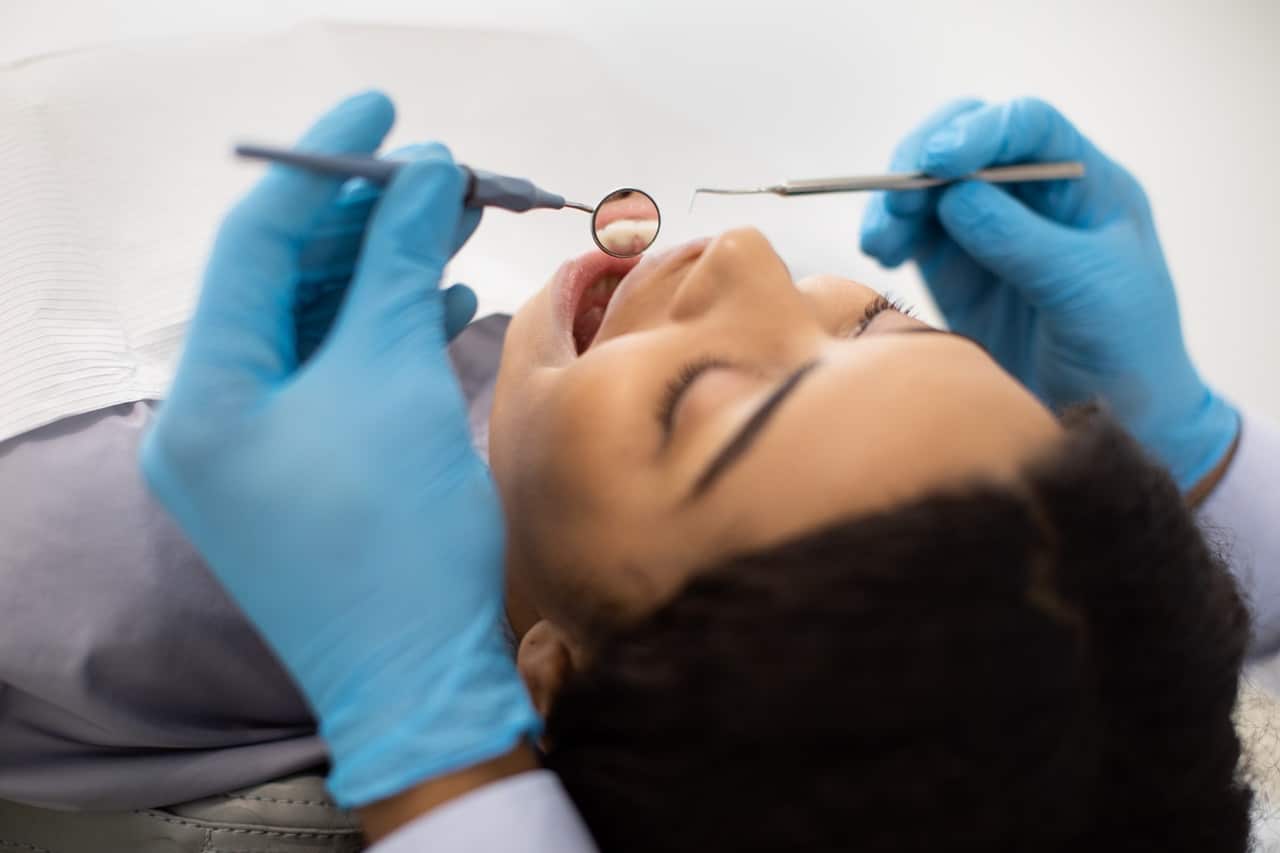Understanding the average lifespan of dental crowns is vital for anyone considering or already benefitting from this type of dental restoration. Typically, crowns can last anywhere from 5 to 15 years; however, with meticulous care and maintenance, some crowns can serve well beyond this range. The longevity of a dental crown largely depends on the material used to construct it, as well as how well it is cared for.
When we install crowns at our dental practice, we emphasize the importance of regular check-ups to monitor the condition of the crown and surrounding gum health. These regular visits allow us to catch any potential issues early, such as fit or wear, which could otherwise reduce the crown’s lifespan. Apart from professional check-ups, the daily maintenance routine you follow at home plays a critical role in prolonging the life and function of your dental crowns.
Moreover, understanding when it’s time to replace a crown is crucial. Over time, even with excellent care, all crowns will eventually need replacement due to normal wear and tear or other factors such as changes in oral health or damage to the crown itself. Knowing the signs that indicate the need for a replacement can help you manage your dental health proactively, ensuring your smile remains as healthy and beautiful as possible for years to come.
Understanding the Average Lifespan of Dental Crowns
Dental crowns are a reliable solution for restoring both the function and appearance of damaged teeth. Typically, the lifespan of a dental crown can vary significantly based on several factors, ranging broadly from 5 to 15 years. In our practice, we observe that how long a crown lasts depends primarily on the material it’s made from and how well it’s maintained. Porcelain, ceramic, gold, and metal alloys are commonly used materials, each offering different advantages in terms of durability and appearance.
Metal crowns, including gold, are often more durable and may last on the longer side of the average, whereas porcelain crowns while offering superior aesthetics, especially for the front teeth, might not endure as long due to their susceptibility to chipping under extreme pressure. It is our goal to provide each patient with the most appropriate type of crown that not only suits their dental needs but also maximizes the longevity of their dental restoration.
Factors That Influence the Durability of Your Dental Crowns
Several key factors impact the durability and overall lifespan of your dental crowns. It’s vital for us to consider these factors carefully to ensure that you receive the best possible outcome from your treatment:
1. Material of the Crown: As noted, the material from which a crown is made significantly influences its durability. Metal crowns are generally more resistant to wear and tear compared to porcelain or composite resin.
2. Quality of the Crown’s Installation: The expertise and precision with which a crown is installed affect its longevity. Properly fitted crowns that are seamlessly bonded to the tooth are less likely to develop issues later on.
3. Oral Hygiene Practices: Good oral hygiene is pivotal in extending the life of dental crowns. Regular brushing and flossing can prevent plaque buildup around the crown, which can lead to decay and weakening of the underlying tooth structure.
4. Personal Habits: Habits such as grinding or clenching teeth, biting nails, chewing ice, or using your teeth to open packaging can impose excessive stress on crowns and may lead to early failure.
By addressing these factors, we can help maximize the lifespan of your dental crowns and ensure that they continue to serve their purpose effectively. Regular check-ups enable us to monitor these variables and provide guidance tailored to your personal oral care routine.
Daily Care Tips to Extend the Life of Your Dental Crowns
Maintaining your dental crowns is crucial for ensuring their longevity and functionality. Regular care not only helps in preserving their natural appearance but also supports your overall oral health. First, it’s essential to maintain good oral hygiene practices. Brushing twice a day with fluoride toothpaste and flossing daily can prevent plaque buildup around the crown and the adjacent teeth. Specifically, using a soft-bristled toothbrush is advisable to avoid abrasion to the crown surface.
Moreover, it’s important to avoid habits that can damage your crowns, such as chewing on hard objects like ice or hard candies. Such activities can cause crowns to crack or become loose. Additionally, if you grind or clench your teeth at night, consider asking us about a night guard. A custom-fitted guard can protect your crowns from excessive pressure during sleep that can lead to wear over time.
When to Consult Your Dentist About Crown Replacement
Despite the best care, dental crowns don’t last forever and may eventually need replacement. Recognizing the signs that indicate a replacement is due can prevent further complications and ensure continued dental health. Common signs include visible wear or damage to the crown, pain or discomfort around the crowned tooth, and a feeling of looseness. Additionally, if you notice that the gum line around your crown is receding, it may expose the base of the crown or the root of the tooth, which could lead to problems such as decay or infection.
If you experience any of these issues, it’s important not to delay consulting with us. Timely intervention can often save the tooth under the crown and ensure that a new crown can be placed effectively. We are here to help assess any concerns and recommend the best course of action to keep your smile healthy and beautiful.
Closing Thoughts
At our dental practice in Pickering, we understand the importance of comprehensive dental care. We strive to provide detailed and personalized treatment plans for each of our patients, whether they are considering dental implants, crowns, or other forms of dental restoration. The commitment to upholding the highest standard of dental services ensures that our patients not only achieve but also maintain optimal oral health.
Understanding all the facets of dental crowns—from ensuring their longevity to recognizing when it is time for replacement—is crucial. We are dedicated to educating our patients and providing the crucial support they need to enjoy a healthy, confident smile in the long term. If you have any questions about your current dental crowns or if you are considering getting new crowns or any other dental procedure, do not hesitate to reach out to us.
Reach out to our experienced team of dentists in Pickering at Pickering Dental Services to schedule your next appointment, and let us help you continue smiling brightly with confidence and comfort.


